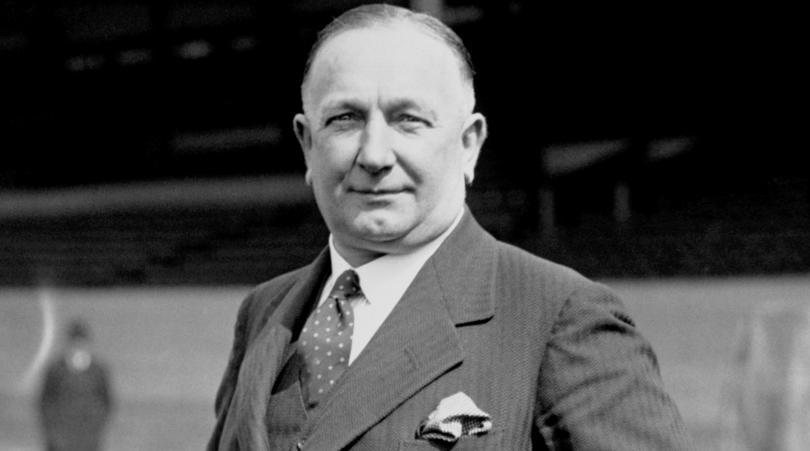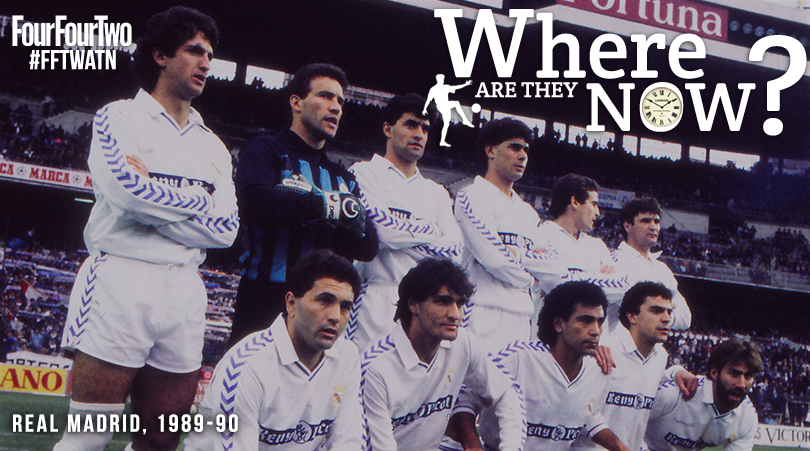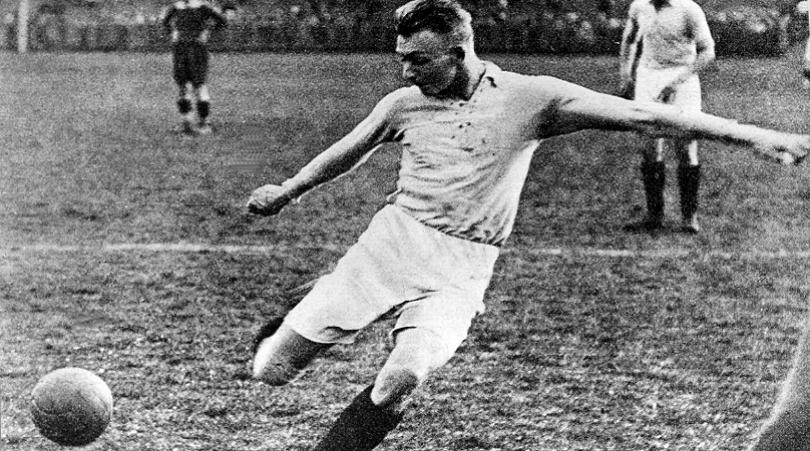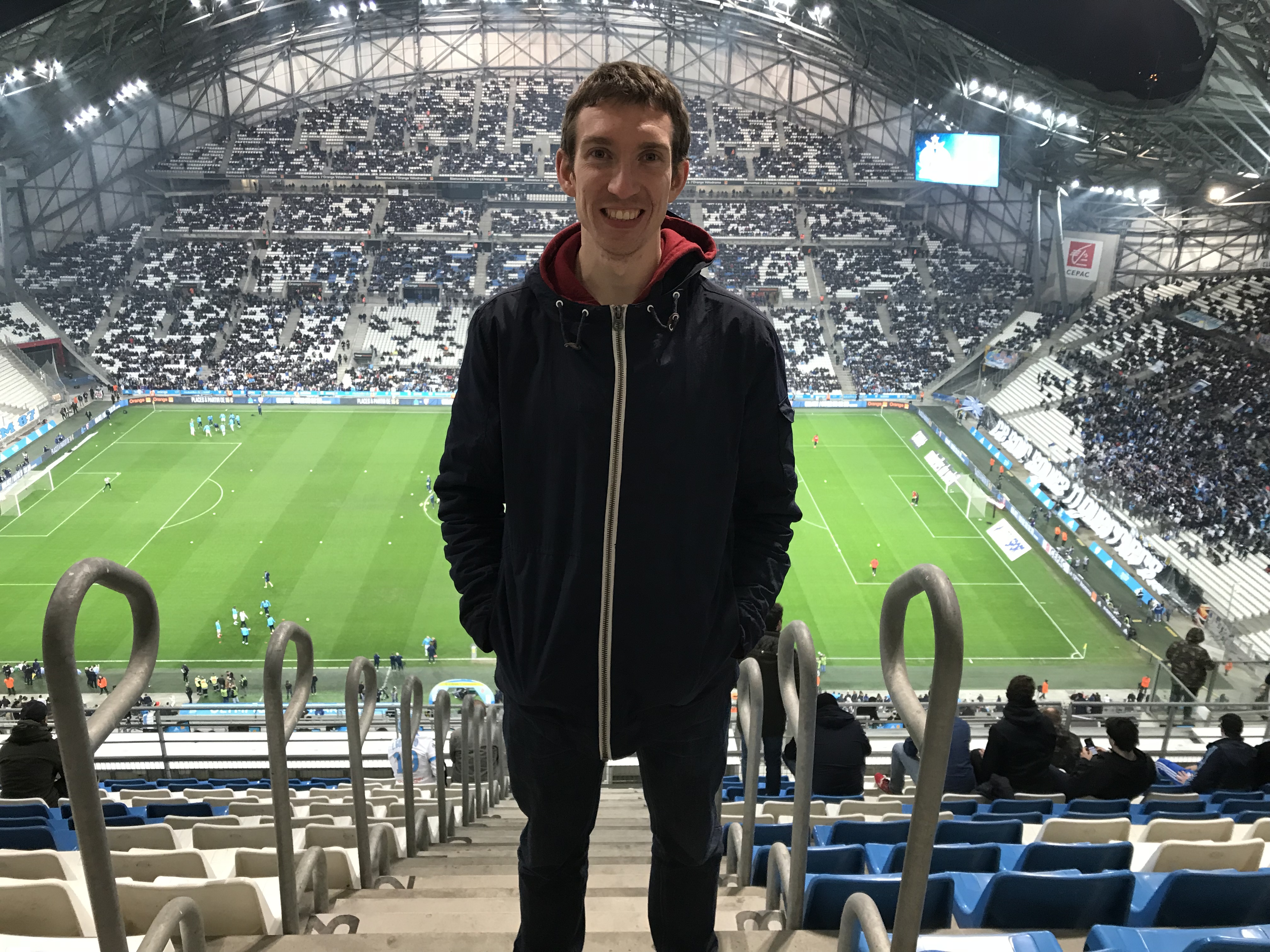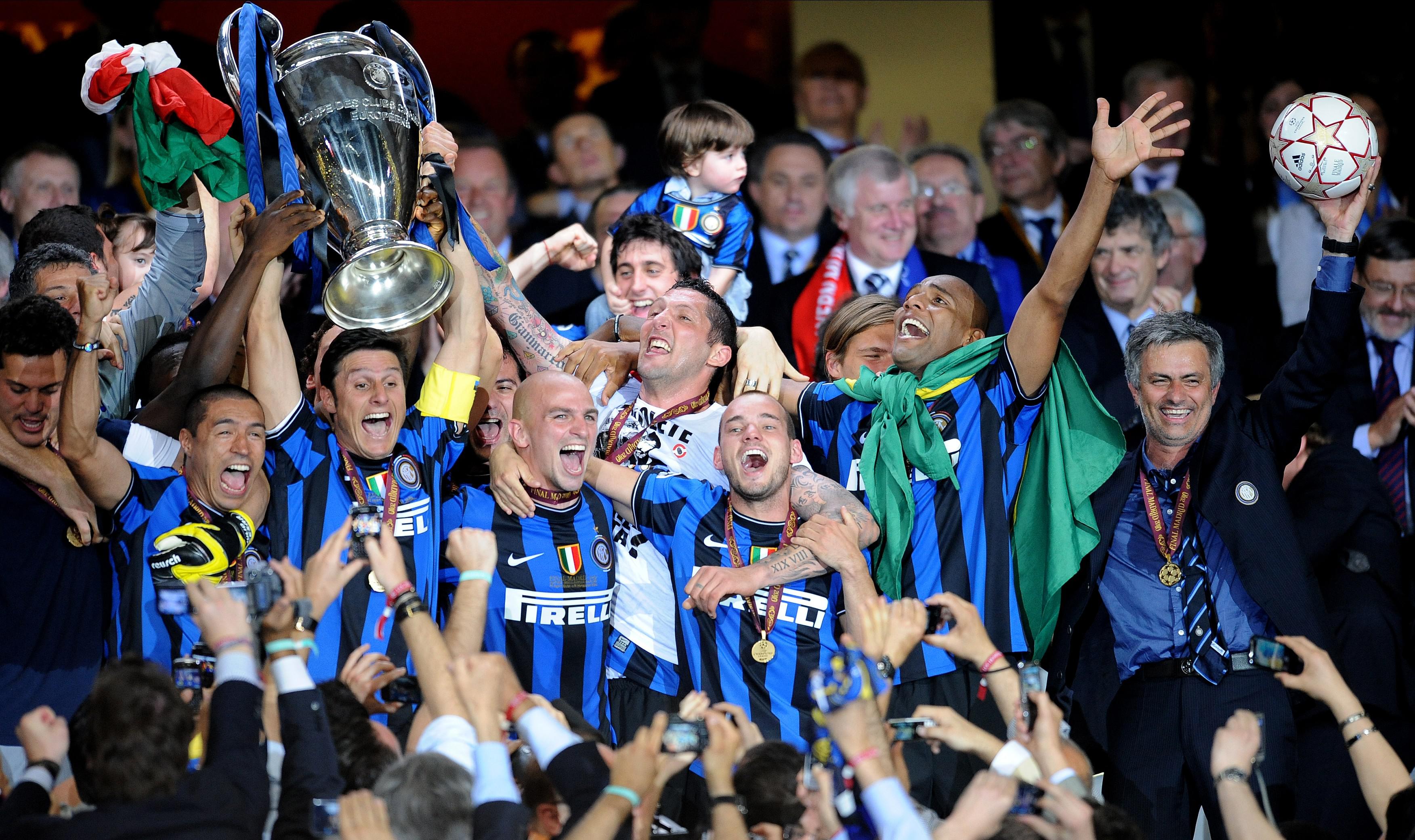FourFourTwo’s 50 Best Football Teams Ever: 40-31
On we go with our list of the globe's greatest-ever sides. Time to find out whether your club's made the cut yet...
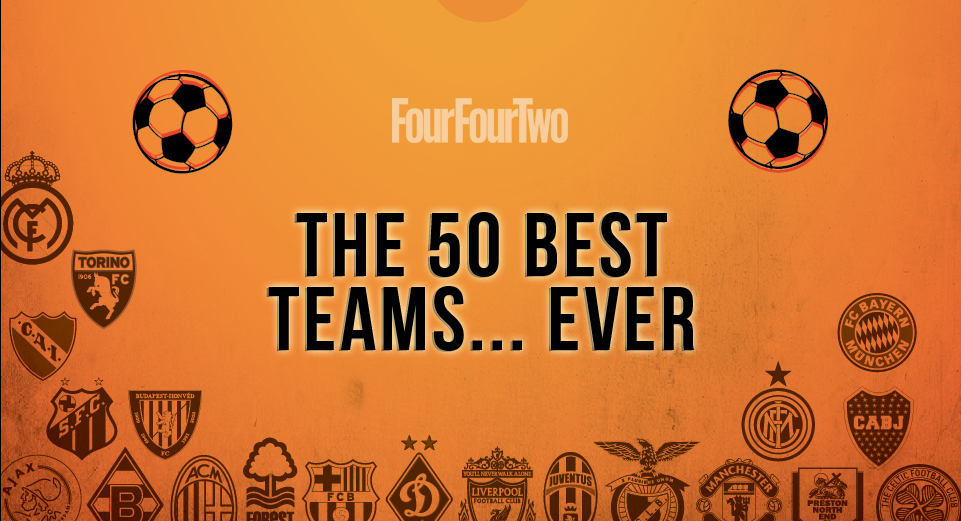
Words: Jon Spurling, Paul Simpson, Gary Parkinson, Andrew Murray.
40. Arsenal 1930-35
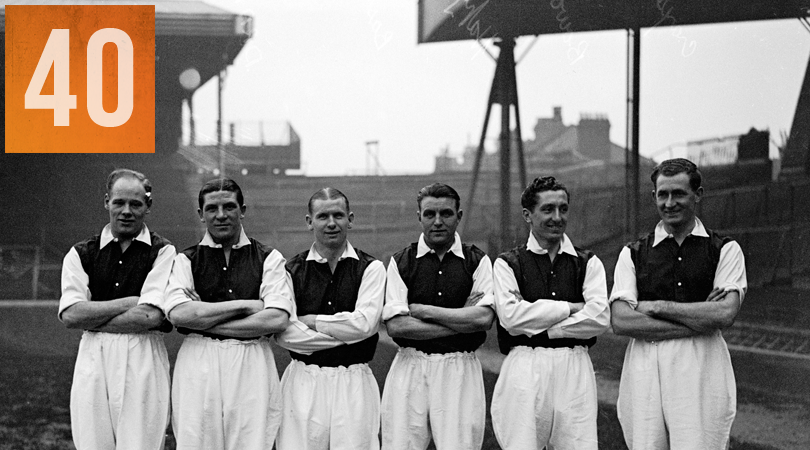
Deploying the WM formation to perfection, Herbert Chapman's Arsenal team routinely flattened opponents at their Art Deco, palatial Highbury home in the early '30s with a fast, direct and uncompromising brand of football.
The giant centre-half (latterly Herbie Roberts) was instructed to channel the ball as quickly as possible to midfield conduit Alex James. 'Wee Alec' would then steer the orb out to the channels, where Cliff Bastin either finished off the move himself or put the chance on a plate for forwards David Jack or Jack Lambert.
It was the blueprint for the 'eight-second goal.' It sounded almost too easy, but Chapman's men – who won the FA Cup in 1930 and the league championship a year later – preferred to keep things simple, and devastatingly effective.
Following Chapman's untimely death from pneumonia, his successor George Allison added a more physical edge, signing striker Ted Drake and defender Wilf Copping. But Arsenal lost none of their potency, completing a hat-trick of title triumphs in 1935, thereby emulating Chapman's legendary Huddersfield side of the 1920s. JS
39. Ajax 1992-96
Get FourFourTwo Newsletter
The best features, fun and footballing quizzes, straight to your inbox every week.
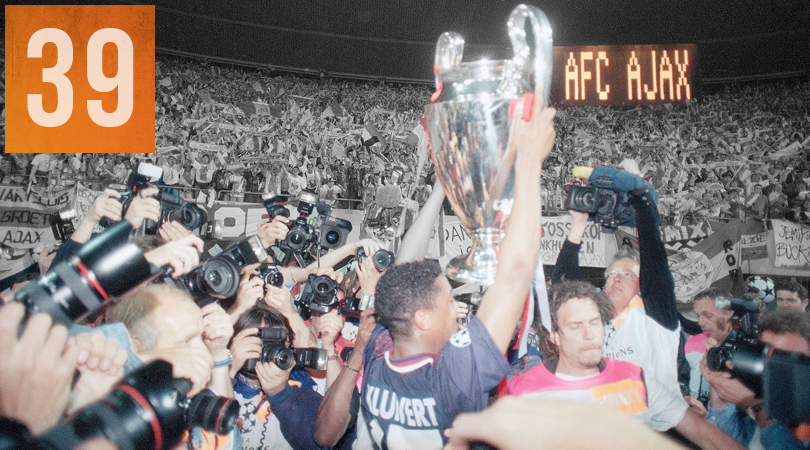
When Louis van Gaal took over in 1991, Ajax had won one European trophy – the 1987 Cup Winners’ Cup – since the 1970s’ golden era of Michels and Cruyff.
Van Gaal’s situation wasn’t as dire as it looked. The side that won the 1992 UEFA Cup – and saved him from the sack – starred Dennis Bergkamp, Danny Blind, Wim Jonk, Aron Winter and Frank de Boer. The team that won the 1995 Champions League – earning Van Gaal his move to Barcelona – featured Edwin van der Sar, Frank Rijkaard, Edgar Davids, Clarence Seedorf, Patrick Kluivert (whose audacious goal won the final), Jari Litmanen and Marc Overmars.
Playing a 3-4-3 or 3-1-2-3-1, Van Gaal’s players enjoyed less freedom than Ajax’s Total Football stars – even Overmars had to pass, rather than dribble – yet could be devastating. They thrashed Bayern 5-2 in the 1995 semi-final, genuinely looking as if (to use a terrible cliché) they were scoring for fun, inspired by the sublime Litmanen.
With an average age of 23, Van Gaal’s Ajax could have dominated Europe. Yet within weeks, Seedorf had joined Sampdoria and by 1999, all 13 players that made history in that 1995 final had left or retired. PS
38. Brazil 1982
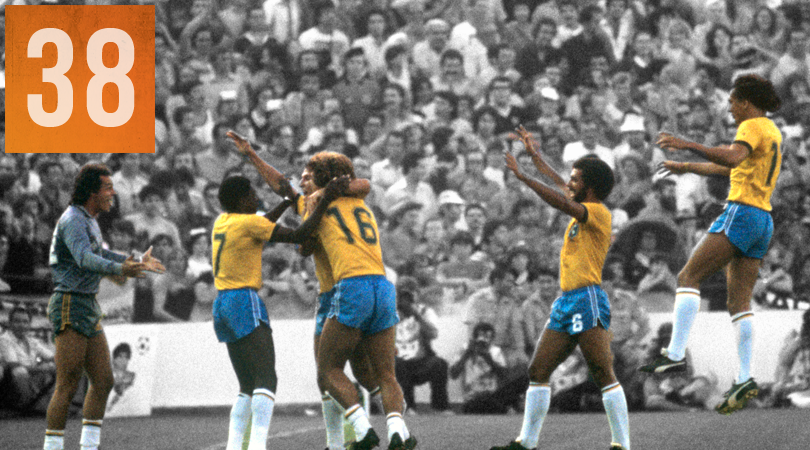
Rarely can a team that achieved so little have been held in such high regard by so many for so long. The Observer’s Hugh McIlvanney called Tele Santana's tournament favourites "the most gifted collection of footballers in the game, the unmistakable nucleus of a great team".
Santana eschewed the failed 1970s Seleçao aesthetic of aping European muscularity, instead entrusting ball-players like Flamengo fantasista Zico (‘The White Pele’), laconic left-sider Eder, Roma playmaker Falcao and Socrates – the beardy smoking doctor who told FFT that “to play for a side like that – irreverent, joyful, creative, free-flowing – is like dating the woman you’re in love with.”
Brazil sizzled in Seville, beating the Soviet Union 2-1 before steaming past Scotland (4-1) and New Zealand (4-0) with 25-yarders, outrageous chips, scissor-kicks, dummeys, volleys and top-cornered free-kicks. The Guardian’s Patrick Barclay saluted their "unrivalled capacity for producing the most imaginative play"; McIlvanney hailed “the beautiful simplicity of their play, which is a street game made into art”.
In the second group stage, Argentina were beaten 3-1 but disaster struck when they lost 3-2 to Enzo Bearzot’s limited but organised Italy, who would go on to lift the trophy. Zico called it “the day football died”; in Inverting the Pyramid, Jonathan Wilson refined that to “the day that a certain naivety in football died; it was the day after which it was no longer possible simply to pick the best players and allow them to get on with it; it was the day that system won.” GP
37. Manchester United 1965-68
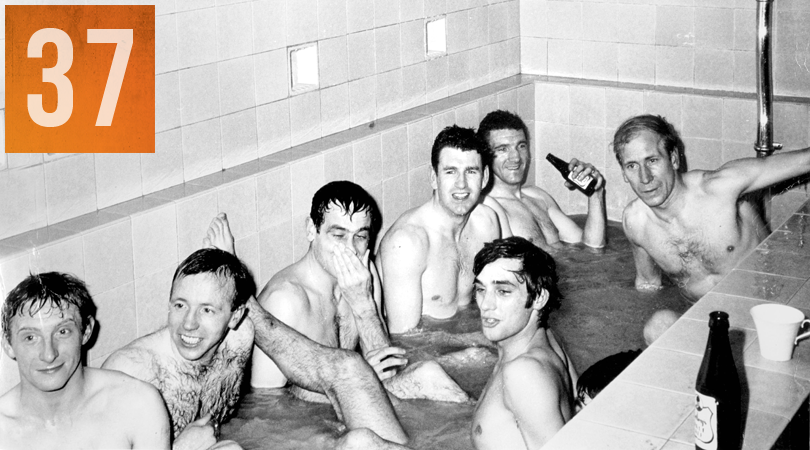
Ten years after the Munich air crash wiped out the Busby Babes, Matt Busby's Manchester United triumphed 4-1 at Wembley against Benfica in the 1968 European Cup Final in one of the most emotive nights in the history of British football.
After winning the title in 1964/65 and then again in 1966/67, Busby's third great United side finally grabbed the biggest prize of all. With the holy trinity of Best, Law (although he missed the final due to injury) and Charlton – arguably the finest trio of forwards ever accumulated in one club attack – pulling the strings, Old Trafford was the place to be in the swinging ‘60s.
Equally as influential, although less heralded, were the tigerish midfield duo of Pat Crerand and Nobby Stiles, whose no-nonsense and selfless approaches allowed their more polished team-mates to orchestrate United's forward moves. The team’s attacking football has become the stuff of legends, and in the process George Best became British football's first bona fide superstar, never better illustrated than in his quicksilver finish at Wembley. JS
36. Feyenoord 1968-71
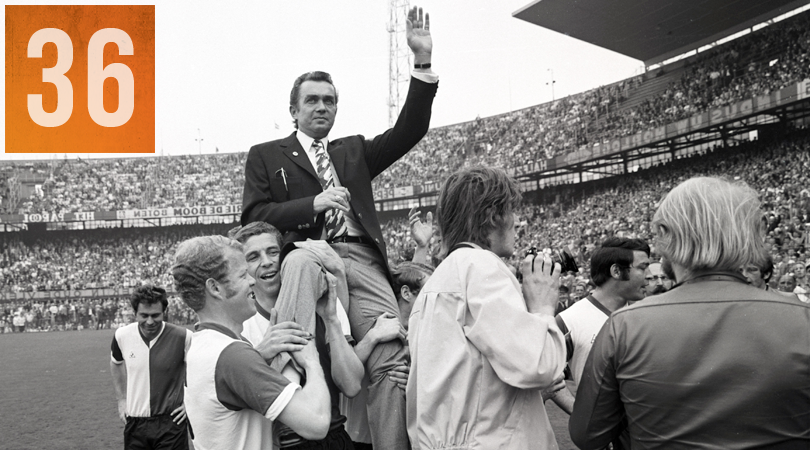
Common football lore has it that Ajax, Rinus Michels and Johan Cruyff invented the modern 4-3-3 in the early 1970s at the same time as inventing Total Football. Well, those pioneering Amsterdammers may have done the latter, but they certainly didn’t do the former. Their great rivals Feyenoord did.
Indeed, it was an April 1970 Dutch Cup game that persuaded Michels to revert from his hitherto-favoured 4-2-4 formation after Ernst Happel’s brilliantly drilled Feyenoord led 3-1 inside 20 minutes. Ajax ultimately drew level, but the Austrian coach had delivered the tactical masterstroke of dropping a forward back into the midfield that would come to define Dutch football.
“The game always unfolds in the midfield,” Happel once reasoned, a philosophy that has dominated football ever since.
Lacking Ajax’s individual brilliance, Happel’s tactical acumen and trust in Willem van Hanegem to dictate games from the left of central midfield brought two Eredivisies in three seasons and the 1970 European Cup, 12 months before Ajax won their first. “Celtic haven’t lost to Feyenoord,” said Celtic manager Jock Stein after his side’s 2-1 defeat in that European showpiece. “I have lost to Happel.” AM
Next: the Vulture Squadron and more
35. France 1982–86
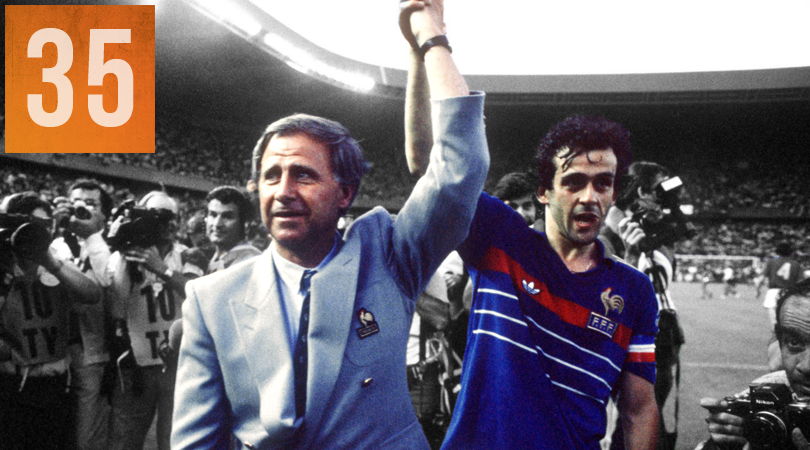
Remember Platini not as a UEFA suit but one of the finest players to ever lace up boots. Not even Cruyff kept the Ballon d’Or for three seasons, as Platini did from 1983 to 1985. Numerically and positionally a No.10, he led Alain Giresse, Jean Tigana and Luis Fernandez in les Bleus’ “Carre Magique” (Magic Square) midfield which waltzed away with the Euro 84 crown on home turf.
- RECOMMENDED The genius of Platini rocks Euro 84
They might have achieved more. At Spain 82, Michel Hidalgo’s team had reached the semi-finals only to be brutally halted by the West Germans – literally, when goalkeeper Harald Schumacher body-checked Patrick Battiston into unconsciousness before saving two shootout penalties.
Four years later in Mexico, having knocked out holders Italy and the mighty Brazil, the European champions were again stopped in the semis by their Teutonic neighbours – denying the planet a Platini-Maradona face-off in the final. GP
34. PSV 1985-89
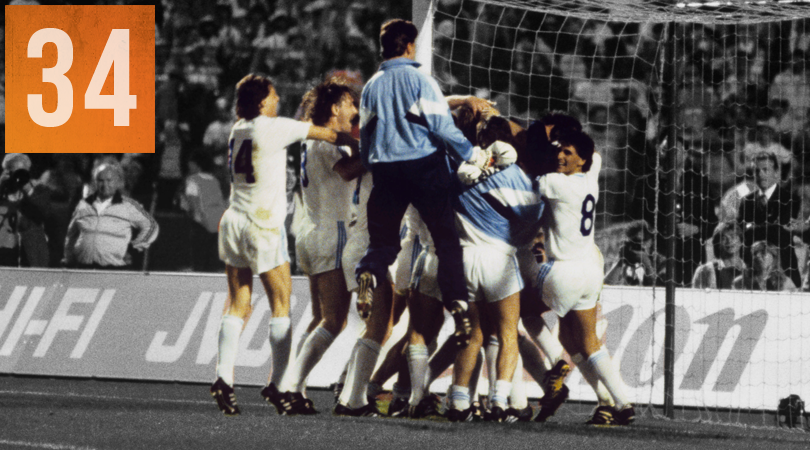
In 1988, PSV won the European Cup after drawing all five games in the knockout stage and beating Benfica, 6-5 in the shootout.
Though vilified as dour and defensive, they played some fluent football in the late 1980s when their roster featured such dullards as Ruud Gullit, Willy van der Kerkhof, Romario, Ronald Koeman, Soren Lerby and charismatic coach Guus Hiddink, who convinced players that wrestling would improve their strength and balance.
Even without Gullit – sold to Milan for £6m – the treble-winning 1988 side featured four world-class stars: goalkeeper Hans van Breukelen, whose saves denied Real Madrid in the semi-final; Belgium international right-back Gerets; elegant centre-back Koeman, who averaged a goal every other game and Lerby, midfield orchestrator and Denmark international. Wide playmaker Gerald Vanenburg and centre-forward Wim Kieft, who scored 28 league goals in his first season at PSV, were almost as good.
Five Boeren starred in the Netherlands’ Euro 88-winning squad: defender Berry van Aerle, Van Breukelen, Kieft, Koeman and Vanenburg. Romario’s arrival in the summer of 1988 made PSV a more spectacular side, but not a better one. PS
33. River Plate 1941-47
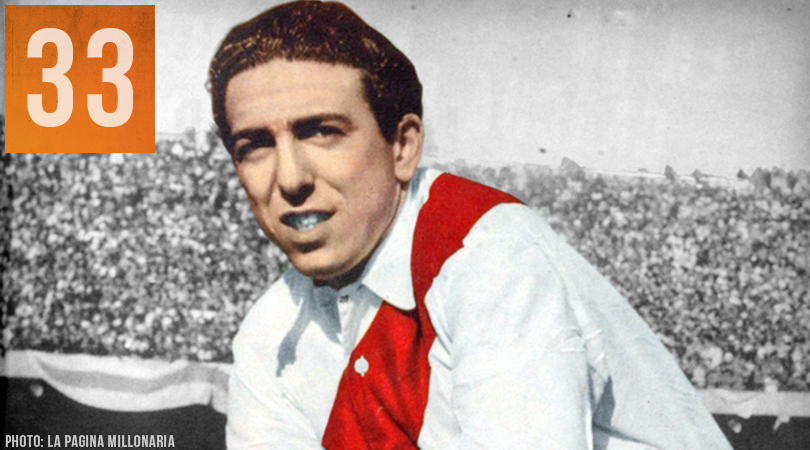
The Maquina were probably South America’s greatest club side. That nickname – the Machine – refers to a stellar attack of Julian Carlos Munoz, Jose Manuel Moreno, Adolfo Pedernera, Angel Labruna (River’s all-time top scorer with 293 goals) and Felix Loustau that only played 18 games together.
The nickname is metaphorically accurate as, with other stars coming through (keeper Amadeo Carrizo, midfielder Nestor Rossi and Alfredo Di Stefano), River Plate were spectacularly efficient, beating local rivals Boca 5-1 in 1941.
Coached by Renato Cesarini, the Maquina were tactically innovative. Moreno drifted in from the right to orchestrate attacks. Di Stefano’s idol Pedernera pioneered the false nine a decade before Nandor Hidegkuti. River’s relentless attacking left opponents shocked and awed. Boca star Ernesto Lazzatti said: “I play against Maquina intending to beat them, but as a fan I’d prefer to sit in the stands and watch them.”
After winning three Argentine titles in five years, Pedernera left. Even so, River Plate won the league in 1947. It was a national players’ strike – persuading Di Stefano and Rossi to make lucrative moves to Colombia – that wrecked them. PS
32. Real Madrid 1984-90
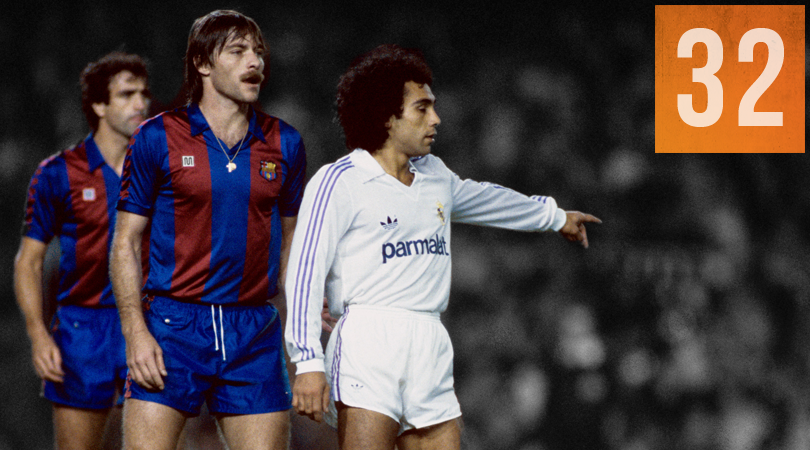
Most great sides have a nickname. The Real Madrid side that won five successive La Liga titles between 1986 and 1990, reached three European Cup semi-finals in a row (1987-1990) and won back-to-back UEFA Cups (1985, 1986) was known as La Quinta del Buitre (the Vulture Squadron) after its talismanic genius, Emilio Butragueno – aka ‘the Vulture’ – and his stellar team-mates, Sanchis, Michel, Martin Vazquez and Miguel Pardeza.
Real’s greatest non-vulture was Mexican striker Hugo Sanchez who won the Pichichi four seasons in a row and, in 1989/90, Europe’s Golden Boot after scoring 38 goals in La Liga, all with his first touch.
Despite their nickname, the Madrilenos were not ruthless enough in the competition the club prized most. They had the misfortune to come up against Arrigo Sacchi’s Milan twice.
The failure that rankled most was their exit on away goals to PSV in the semis in 1988. Michel sobbed on the toilet after the final whistle. The Quinta recovered, winning the Liga with panache in 1989/90 under John Toshack and scoring a record 107 goals en route. PS
31. Austria 1930-36
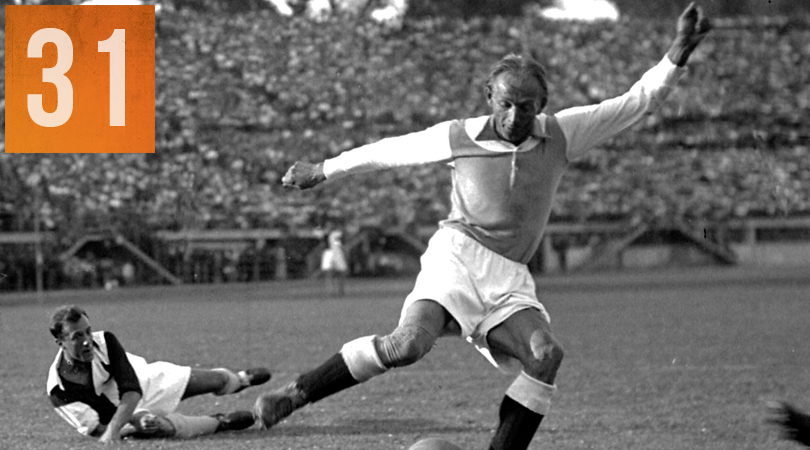
Balding and always with a bandaged right knee, Matthias Sindelar was known as “The Paper Man”: frail, but able to slip through the tiniest gap. Making his international debut in 1926, he would be the fulcrum of the Wunderteam assembled by manager Hugo Meisl and English coach Jimmy Hogan.
All rapid passing and interchanging of positions – yes, a Viennese whirl, very good – they were christened the Wunderteam in 1931 after becoming the first continental side to beat Scotland (by a mere 5-0). The following year at Stamford Bridge, they terrified England in a narrow 4-3 defeat. Had an unusually shy Austria not slipped into an early two-goal deficit before overrunning England, they might have ended Anglocentric chauvinism 21 years before Puskas’s Hungary.
Austria opted not to travel to the 1930 World Cup in Uruguay, but the Wunderteam were backed to win the 1934 World Cup in Mussolini’s Italy. However, they lost a semi-final to the hosts in questionable fashion: Sindelar was kicked while lying on the ground following an early reducer, before a disputed, probably offside goal sent Italy through.
Austria were runners-up at the 1936 Olympics but two months before the next World Cup, the country was annexed by Hitler, and within a year the notably anti-Nazi Sindelar was found dead in mysterious circumstances. GP
50-41 • 40-31 • 30-21 • 20-11 • 10-1
FourFourTwo's 50 Best Football Teams Ever • New features you'd like every day on FourFourTwo.com
Greg Lea is a freelance football journalist who's filled in wherever FourFourTwo needs him since 2014. He became a Crystal Palace fan after watching a 1-0 loss to Port Vale in 1998, and once got on the scoresheet in a primary school game against Wilfried Zaha's Whitehorse Manor (an own goal in an 8-0 defeat).
